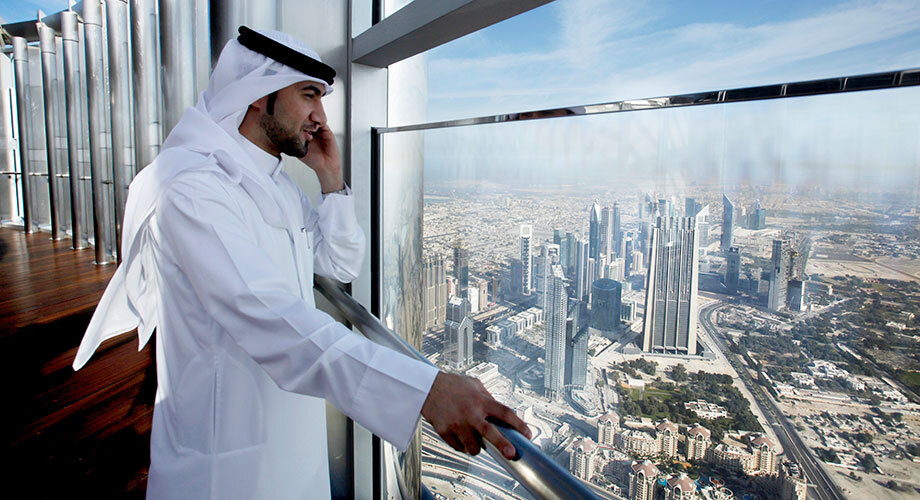
The Rise of Collaborative Robots (Cobots)
The factory floor is undergoing a dramatic transformation, driven by the increasing adoption of smart robots. Gone are the days of hulking, isolated machines performing repetitive tasks. The future belongs to collaborative robots, or cobots, designed to work safely and effectively alongside human workers. These robots are smaller, more agile, and equipped with advanced sensors and AI that allow them to adapt to changing environments and collaborate seamlessly with their human counterparts. This collaborative approach leverages the strengths of both humans and robots, with humans handling tasks requiring creativity, problem-solving, and complex decision-making, while robots take on repetitive, physically demanding, or hazardous tasks.
Artificial Intelligence: The Brains Behind the Operation
Artificial intelligence (AI) is the key enabler of this smart factory revolution. AI algorithms power the sophisticated decision-making capabilities of robots, allowing them to learn from experience, optimize their performance, and adapt to unexpected situations. Machine learning allows robots to analyze vast amounts of data from sensors and cameras, identifying patterns and predicting potential problems. This predictive maintenance functionality minimizes downtime and improves overall efficiency. AI also plays a crucial role in the seamless integration of various factory systems, optimizing workflows and improving overall productivity.
The Internet of Things (IoT): Connecting the Factory Floor
The Internet of Things (IoT) is another crucial component of the smart factory. By connecting all the machines, robots, and sensors on the factory floor to a network, manufacturers gain real-time visibility into every aspect of their operations. This data-rich environment allows for continuous monitoring, predictive maintenance, and improved resource allocation. IoT also facilitates remote monitoring and control, allowing engineers to diagnose and address problems remotely, reducing downtime and improving efficiency. This interconnectedness forms the backbone of a truly intelligent and responsive factory.
Data Analytics: Turning Information into Action
The sheer volume of data generated by smart factories requires sophisticated analytics capabilities. Advanced data analytics tools allow manufacturers to extract valuable insights from this data, identifying bottlenecks, optimizing processes, and improving overall performance. This data-driven approach allows for continuous improvement, enabling manufacturers to react quickly to changing market demands and optimize their production processes for maximum efficiency. Real-time data visualization helps managers understand the overall health of the factory, allowing for proactive intervention and preventative measures.
Augmented Reality (AR) and Virtual Reality (VR): Training and Maintenance Revolutionized
Augmented reality (AR) and virtual reality (VR) technologies are transforming worker training and equipment maintenance. AR overlays digital information onto the real world, providing workers with real-time instructions and guidance during complex tasks. This reduces errors and speeds up training significantly. VR creates immersive simulations that allow workers to practice tasks in a safe and controlled environment, improving their skills and reducing the risk of accidents. For maintenance, AR can guide technicians through repairs, providing step-by-step instructions and highlighting crucial components. This technology streamlines maintenance procedures and minimizes downtime.
Cybersecurity: Protecting the Smart Factory
The increasing connectivity of smart factories also presents new cybersecurity challenges. Protecting the factory network and its sensitive data from cyberattacks is crucial to maintaining operational integrity and preventing disruption. Robust cybersecurity measures, including firewalls, intrusion detection systems, and regular security audits, are essential to mitigating these risks. Regular software updates and employee training on cybersecurity best practices are also crucial in ensuring the safety and security of the smart factory.
The Human Element: Reskilling and Upskilling the Workforce
The adoption of smart robots does not mean a reduction in the human workforce. Instead, it creates opportunities for reskilling and upskilling workers to adapt to the changing demands of the smart factory. Workers will need to develop new skills in areas such as data analytics, robotics programming, and cybersecurity. Investing in training programs to equip workers with these skills is crucial to ensuring a successful transition to the smart factory environment. This focus on human capital ensures that the workforce can effectively manage and maintain the advanced technology, maximizing its benefits.
Sustainability and the Smart Factory
Smart factories are not only more efficient but also offer opportunities for greater sustainability. Optimized processes reduce energy consumption and waste generation. Predictive maintenance minimizes downtime, reducing the need for unnecessary repairs and replacements. The use of data analytics enables manufacturers to identify areas for improvement in resource management, further contributing to environmental sustainability. The integration of renewable energy sources into the factory’s infrastructure can also further enhance its environmental footprint. Visit here about industrial robotic equipment








